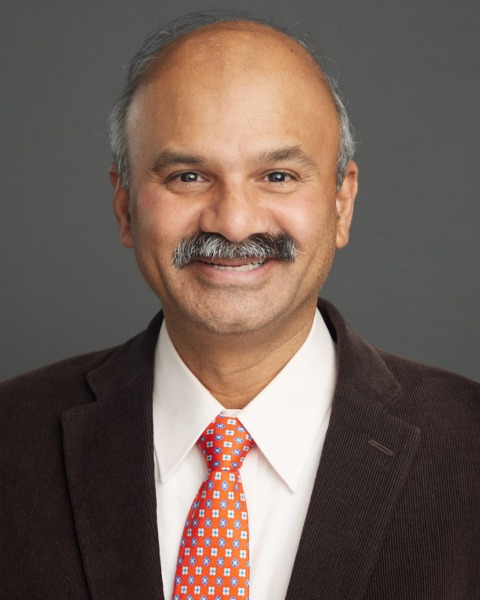Gastrointestinal Interventions
Relief When it Matters Most: Decompressive Percutaneous Transesophageal Gastrostomy for Long Term Management of Malignant Bowel Obstruction

Jackson Unteriner, MD (he/him/his)
Resident
Mallinckrodt Institute of Radiology, Washington University School of MedicineDisclosure(s): No financial relationships to disclose

Sagine Berry-Tony, MD
Assistant Professor
Mallinckrodt Institute of Radiology, Washington University School of Medicine- DH
Daniel Harwood, MD
Instructor
Mallinckrodt Institute of Radiology, Washington University School of Medicine 
Naganathan Mani, MD (he/him/his)
Associate Professor
Mallinckrodt Institute of Radiology, Washington University School of Medicine
Presenting Author(s)
Author/Co-author(s)
Over the course of many lines of treatment, hospitalizations, and disease progression, patients with advanced intrabdominal malignancies shift focus from curative intent to ensuring comfort and reducing hospital admissions. Recurrent malignant small bowel obstructions are a common complication often requiring admission and uncomfortable nasogastric tube placement. Percutaneous transesophageal gastrostomy (PTEG) is a safe and efficacious alternative for enteric access for gastric decompression when standard percutaneous gastrostomy is not feasible. Here we provide an evaluation of the efficacy and safety profile of PTEG placement in a study population with advanced abdominal pathologies.
Materials and Methods:
A total of 27 patients (19 female and 8 male) with an average age of 58 years (range 36-73) were included in this study with varied advanced pathologies in the abdomen including ovarian, gastric, appendiceal, and endometrial malignancies. All patients had contraindications to standard percutaneous radiologic gastrostomy placement such as large volume ascites, gastric/peritoneal malignancy, and altered surgical anatomy/lack of a safe window. The patients were followed until death or until the catheter was removed and complications were searched in the electronic medical record.
The procedure was accomplished using techniques which have been described in earlier studies using a combination of fluoroscopic and ultrasound guidance. The esophagus was accessed from the left neck and a long 14 French cope-loop catheter was placed in the fundus.
Results:
The procedure was a technical success in 26/27 cases. The average length of time that the gastrostomy catheter was in place ranged from 4-140 days (average 44 days). All but one of the patients expired as a result of their advanced disease. The one surviving patient had their catheter removed after 105 days. All but one of the patients had complete relief of their symptoms of nausea, vomiting, and distention. No major complications were noted. Two patients developed cellulitis at the drain site.
Conclusion:
Percutaneous transesophageal gastrostomy provides patients with relief of symptoms until expiration related to their terminal malignancy or until symptoms have resolved (on average 44 days), with no associated major complications and without the need for an uncomfortable nasogastric tube. This is a safe and efficacious strategy for management of malignant bowel obstruction by improving patient comfort at the end stages of life, allowing discharge to home/hospice care, and reducing readmissions.

.png)
.jpg)
.jpg)
.png)
.png)
.jpg)
.png)
.png)
.png)